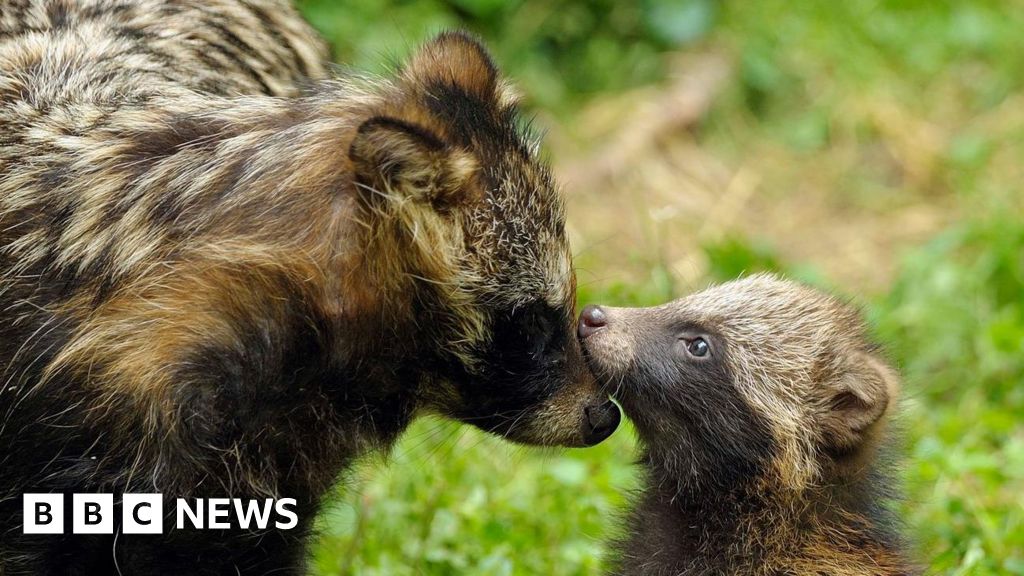A team of scientists say it is “beyond reasonable doubt” the Covid pandemic started with infected animals sold at a market, rather than a laboratory leak.
They were analysing hundreds of samples collected from Wuhan, China, in January 2020.
The results identify a shortlist of animals – including racoon dogs, civets and bamboo rats – as potential sources of the pandemic.
Despite even highlighting one market stall as a hotspot of both animals and coronavirus, the study cannot provide definitive proof.
The samples were collected by Chinese officials in the early stages of Covid and are one of the most scientifically valuable sources of information on the origins of the pandemic.
…
Their analysis was published last year and the raw data made available to other scientists. Now a team in the US and France says they have performed even more advanced genetic analyses to peer deeper into Covid’s early days.



Eating animals causes pandemics from zoonotic diseases. More at 11.
You don’t even need to eat them; just being in close proximity to them and interacting with them is enough.
On the other hands, cows, chickens, and humans came together to create a smallpox vaccine, so there’s that at least.
Yes, it’s just that eating animals has a distinct history of causing horrible pandemics in humans. See e.g. the 1918 H1N1 pandemic which killed tens of millions and was likely started by hogs or chickens farmed in rural Kansas, swine flu which killed hundreds of thousands and whose name speaks for itself, and COVID-19 which killed millions and is well-understood to have originated in a wet market.
Besides all the other reasons that it’s terrible, animal agriculture is a hotbed for transmitting zoonotic diseases to humans and combining existing human diseases with animal ones.
And god forbid you should fuck them.
Points to the bar. “You see this bar? I built this bar with my bare hands from the finest wood in the county. Gave it more love and care than my own child. But do they call me MacGregor the bar builder? No.”
Points out the window. “You see that stone wall out there? I built that stone wall with my bare hands. Found every stone, placed them just so through the rain and the cold. But do they call me MacGregor the stone wall builder? No.”
Points out the window. "You see that pier on the lake out there? I built that pier with my bare hands. Drove the pilings against the tide of the sand, plank by plank. But do they call me MacGregor the pier builder? No.
But you fuck one bat …
And suddenly it’s “Patient Zero” this, “Patient Zero” that…
Being near live animals is more dangerous.
Would have far less human/animal face time if we didn’t eat so much of them, don’t you think?
Face time probably isn’t the main factor.
If we didn’t eat so many birds and swine then there would be less animals in close quarters and less chance of new bird/swine flus developing.
No doubt that’s a factor. Implied in my comment (though maybe not well conveyed) is that there would be far fewer animals in captivity if we didn’t eat them.
But what we’re concerned about in the OP and the thread is zoonotic diseases that affect humans. Those surely wouldn’t infect humans at the rate we see today if we weren’t raising them for food and therefore in close proximity to them.
Agreed. And un(der)regulated capitalism multiplies this by forcing cramped, low cost living conditions for animals.